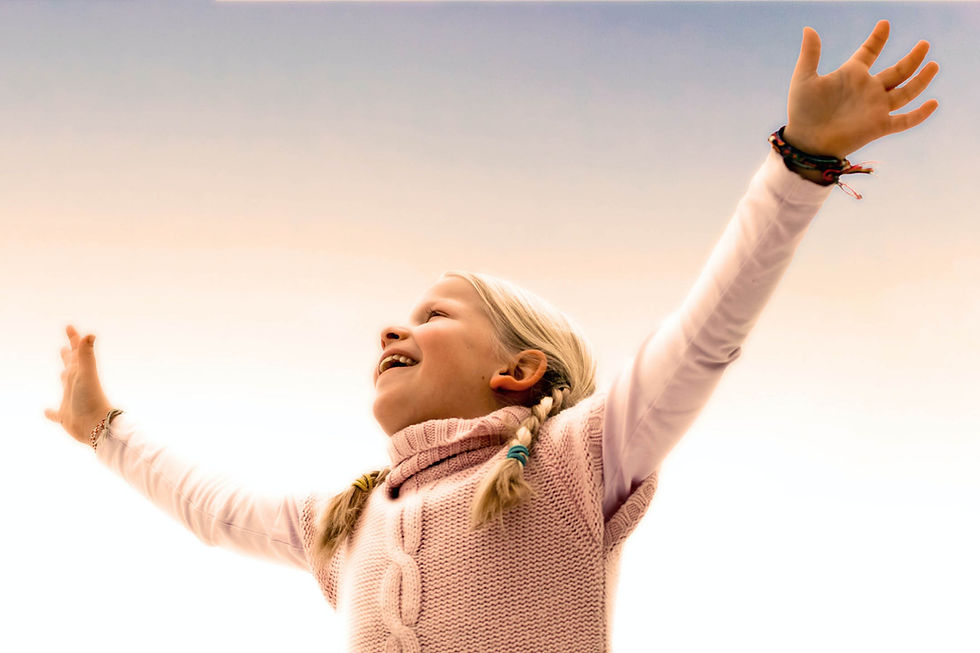Body Awareness and Self-Healing – The Power of Imagination
- chris94154
- May 8
- 2 min read

In the classroom, Teacher Marianne guides the children to develop an awareness of their own bodies... I ask them to focus on their toes, the soles of their feet, and the sensations in their legs. Do both legs feel the same, or is one more relaxed, warmer, or colder than the other? These exercises are vital, giving children a tool to quickly regain calm when they feel anxious or unsettled.
I also show them how to use this approach to cope with illness or injury. Once, I broke my leg—fracturing my tibia, fibula, and ankle. After four months of recovery, I returned to the classroom. No one could tell which leg had been injured. Even after being in a cast for months, my leg had not weakened. I explained to the children: 'Every day, I imagined moving my injured leg along with my healthy one, stretching and exercising in my mind. As a result, my muscles remained intact.
"When a person is injured," I tell them, "they can visualize their body healing. If they imagine themselves exercising with full awareness, circulation improves, preventing muscle atrophy and accelerating recovery." Through body awareness and imagination, we open endless possibilities for self-healing.
In biology class, the children learn about different internal organs, and these exercises help them visualize them—the stomach, kidneys, and intestines. Some struggle to imagine what organs they have and how they function. For others, even thinking about organs feels unsettling. The idea of a beating heart, circulating blood, or food breaking down in the stomach can be overwhelming—let alone picturing the intestines digesting that food. Before showing them videos or images to help them understand the body's inner workings, I encourage them to create a 'map' of their own internal journey. Over time, they move past their initial discomfort and become more open. Their curiosity grows, and they begin comparing their anatomical drawings with textbook images. As the renowned psychotherapist Milton Erickson once said, “They know so much about each other, yet they do not know that they know.”
At that time in my teaching career, I was learning hypnosis techniques from a pain specialist in Munich. This doctor worked with terminal cancer patients at a university hospital. He showed recordings of his treatments, where patients, through guided visualization, experienced deep relaxation and required significantly less morphine. Their minds became clearer, their pain subsided, and they spent their final days in peace with their loved ones—fully present, rather than in a drug-induced haze. I shared these insights with my students. Some students later discovered they could use their own awareness to manage pain and remain calm until help arrived.
Extracted from “When We Are Together” by Marianne Franke-Gricksch








Comments